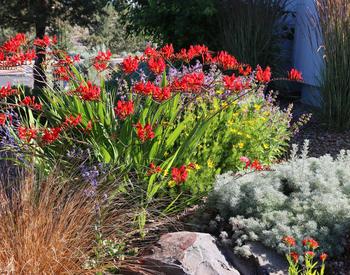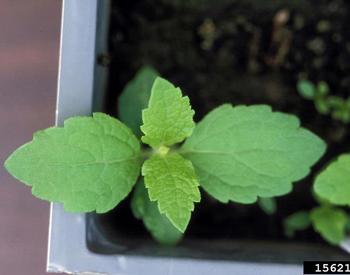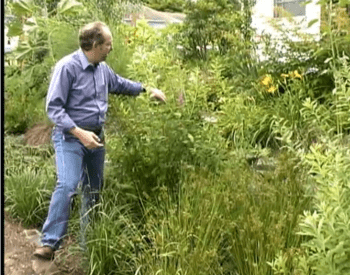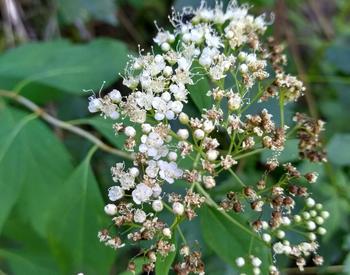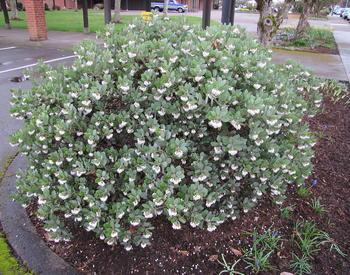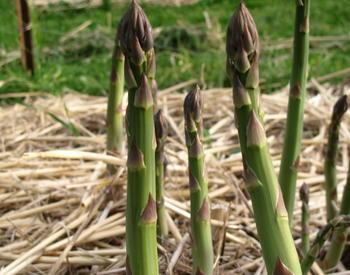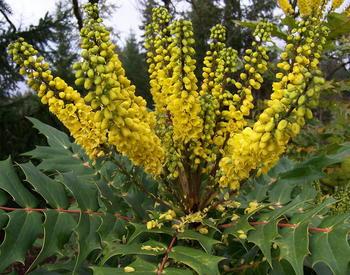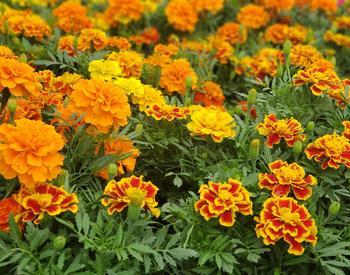Deer control is a popular topic among participants at Extension and Master Gardener events. It is less popular for those expected to answer — because there are no easy answers to deer-related questions. Suggestions like “get a large dog,” so helpful in other locations, are of little value when the deer are not afraid of people, dogs or heavily traveled streets. Tall fences, one of the few foolproof measures against deer, may be cost-prohibitive, not allowed by homeowner associations or just not desired.
A variety of repellant devices and products exist, many based on the scent of predator urine. These are probably more effective during dry seasons with little rain. When there is more precipitation, these products must be replaced often, driving up the cost. Deer become acclimated to many devices, rendering them effective for only a season or less.
This leaves "deer-resistant” plants — those not as tasty to herbivorous munching machines. Resistance is not equivalent to deer-proof. During times of drought and poor feeding choices, deer will eat just about anything. While not a perfect tool, choosing deer-resistant plants is a good defense. For a full list of deer-resistant plants specifically recommended for Central Oregon, see this OSU fact sheet: Deer-resistant plants for Central Oregon. Let’s take a closer look at five of the perennial ornamental plants less tasty to deer.
Red hot poker (Kniphofia uvaria)
It grows tall and large, so give it space. Long, spiky leaves are complemented with large, brightly colored flower spikes in midsummer. The leaves are tough, possibly contributing to this plant being less desired as forage. This plant is drought-tolerant once established and looks great in a rock garden mixed with succulent and native plants.
Rose campion (Lychnis coronaria)
More likely to be available as a seed than as a start, this old-fashioned garden plant has magenta, pink or white blooms and leaves covered in white fuzz — giving it an unusual and interesting texture. Campion can tolerate some shade but prefers full sun
Daffodil (Narcissus spp.)
There are numerous types of daffodils and Narcissus available, in varying shades of white, yellows and oranges. Among the first flowers to bloom in spring, Narcissus come in many types, from miniatures that are easy to start indoors to double and bicolor blooms, to the large yellow trumpets that many are familiar with. Rodents eat some bulbs but usually not Narcissus. To eliminate rodent feeding, plant bulbs encased in chicken wire.
Peony (Paeonia spp.)
These showy, early summer bloomers come in a wide range of colors. Pastel colors are best planted in light shade to prevent bloom fading: more vibrant colors should be planted in full sun. Since the flowers can be very large, causing stems to droop, support of large blooming varieties may be needed. Also because of the heavy flower heads, peonies should be planted where they are sheltered from heavy winds to prevent breakage of the stems.
Russian sage (Perovskia atriplicifolia)
This plant has gray, aromatic leaves and purple, spiky blooms that emerge late in the season. Russian sage is often recommended in lists of plants for pollinators. Recent research indicates that it may be more attractive to honeybees than to native bees. The gray-green foliage and stems are attractive in flower arrangements. This plant will get 3–4 feet tall and wide, and needs a sunny spot in the garden. It is drought-resistant once established.
It is likely that at least one reader will have had deer feeding on one of the aforementioned plants. That is why deer questions are so unpopular among horticulture professionals. There is always one person in the group who will raise their hand and say “But the deer ate mine!” Even so, the use of deer-resistant plants has its place.
Some gardeners have had success with using resistant plants on the perimeter of the yard, so the deer pass by, never realizing all the tasty plants are hiding inside the perimeter of nontasty plants. If you don’t have a list of deer-resistant plants handy when plant shopping, the scent of the plant may be helpful. Plants with highly aromatic or medicinal smells are often less likely to be browsed — think marigolds, oregano, sages, tansy.
There is a line from the movie "Jurassic Park" that applies here and to many other horticultural challenges: “Nature always finds a way.” There is no foolproof remedy for deer feeding on garden plants. But we can at least make it a little more challenging for them through thoughtful plant selection.


